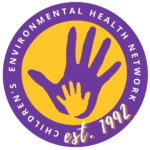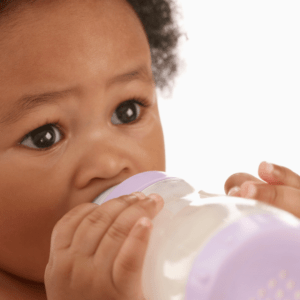Celebrating 48 Years of the Clean Water Act
October 18th marked the 48th anniversary of the Clean Water Act. The Clean Water Act was a long-awaited reaction to the irresponsible dumping of pollution into our waterways. When the Act was passed, nearly two-thirds of the country’s lakes, rivers and coastal waters had become unsafe, polluted with untreated sewage, oil, trash, chemicals, and other industrial waste.
As we celebrate this anniversary, it is also a rallying call to protect the progress made so far, and to hold our elected officials accountable. Even today, 39% of American rivers, 45% of our lakes, and 51% of the estuaries monitored in the US are contaminated. In fact, the current administration has continued to work relentlessly to undermine the protections provided by the Clean Water Act for the past 48 years. They have rolled back vital safeguards and given corporate polluters access to wage an assault on our public health and safety.
Clean water is fundamental to public health. This year, in the midst of the global COVID-19 pandemic, clean water has become even more central to protecting our nation’s health. Just as black and brown communities have borne the brunt of COVID-19, low income communities and communities of color are often disproportionately impacted by polluted water. These communities are also the ones most immediately impacted by climate change, which poses an increasing threat to our water sources.
Water equity, just like health equity, matters. The ability to access safe water for drinking, cleaning, cooking, and enjoying is absolutely necessary to cultivate happy, healthy communities, where all are able to thrive and reach their full potential. Access to clean water is a fundamental right that every child in this country should be afforded. Our leaders have a moral obligation to protect and uphold this right. We cannot hope to accomplish justice for all if we do not protect safeguards for the water on which our communities and our children depend, like the Clean Water Act.
Children are especially vulnerable to environmental hazards like water pollution. Their bodies are still developing, so a smaller dose of a pollutant can have a bigger impact than on an adult and can have long-lasting physical and mental impacts on a child’s life course. For instance, childhood lead exposure from polluted water sources can damage a child’s brain and nervous system, slow their growth and development, and cause learning and behavior problems and lowered IQ.
Much like our water sources, our children are some of our most valuable resources, yet their health and that of their families and communities have not been at the forefront of our nation’s policies and programs. The Children’s Environmental Health Network’s 2020 Voter Guide helps engaged citizens assess their local, state, and federal candidates’ commitment to five key issues: Children’s Health and Equity, Climate Action, Clean Air, Clean Water, and Toxic-free Environments and Products.
The 2020 elections offer an opportunity to reset our national, state, and local priorities and to put children’s health and their environment at the center of decision-making, including prioritizing clean water for all. Please use this resource as you go to the polls this fall, and share it widely, especially with those who may not be familiar with water quality and children’s environmental health issues. Let’s celebrate the Clean Water Act’s anniversary by uniting at the polls for equity, and a clean and healthy environment for ALL children!









